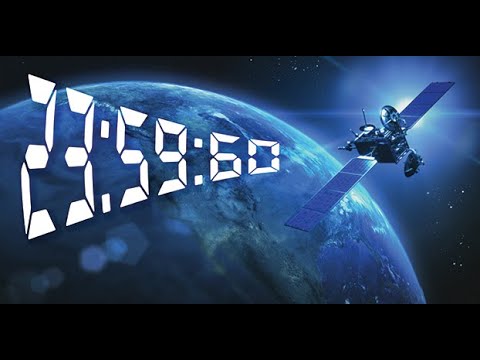Unraveling Earth’s Mysteries: Leap Seconds and Evolution
Hello, I’m Richard Kent, and today we’re delving into a fascinating topic – leap seconds – and unraveling the implications they hold for our understanding of Earth. Join me on this exploration where we bridge the gap between Universal Time and atomic time.
Leap Seconds: A Ticking Anomaly
In 1972, a discrepancy surfaced between Universal Time (UTC) and atomic time due to the effects of entropy, the second law of thermodynamics. What ensued was the introduction of leap seconds, a silent adjustment to synchronize UTC and atomic time. Recently, on June 30, 2015, an inconspicuous leap second was added at one second to midnight, revealing the dynamic nature of Earth’s temporal rhythm.
Earth’s Deceleration: Entropy at Play
The revelation of leap seconds points to a profound truth – Earth is slowing down. Since 1972, 26 leap seconds have been incorporated into UTC, reflecting the deceleration of Earth’s rotation caused by the relentless march of entropy. But what does this deceleration entail for our understanding of Earth’s history?
Earth’s Evolutionary Conundrum
Now, let’s juxtapose this revelation with the evolutionary narrative. According to the theory, Earth, a product of planetary evolution, emerged 4.5 billion years ago. Prokaryotic life forms supposedly evolved by chance in the primordial slime 3.8 billion years ago. However, a critical consideration arises – if Earth’s rotation has slowed down over time, what were the implications for the winds that shaped the environment?
Evolutionary Absurdities
Contrary to the evolutionist’s storyline, the Earth’s rotation at the equator, which has slowed down from previous speeds, challenges the feasibility of the evolutionary narrative. Winds of 5,000 miles an hour, resulting from a much faster rotation, would create a hostile environment for the alleged primitive life forms. The evolution theory falters in explaining the survival of life amidst such extreme conditions.
Beginning: God’s Exquisite Design
In stark contrast, the biblical perspective offers clarity. “In the beginning, God created the heavens and the earth” lays the foundation for an intricately designed universe. Rather than random chance, this perspective highlights purposeful creation, challenging the shortcomings of evolutionary theories.
As we ponder the mysteries of leap seconds and Earth’s rotation, it becomes evident that the intricate design woven into our world aligns more seamlessly with a Creator’s plan than the randomness posited by evolutionary theories. Let us embrace the awe of a purposefully crafted universe.
Thank you for joining me on this exploration. God bless you.
